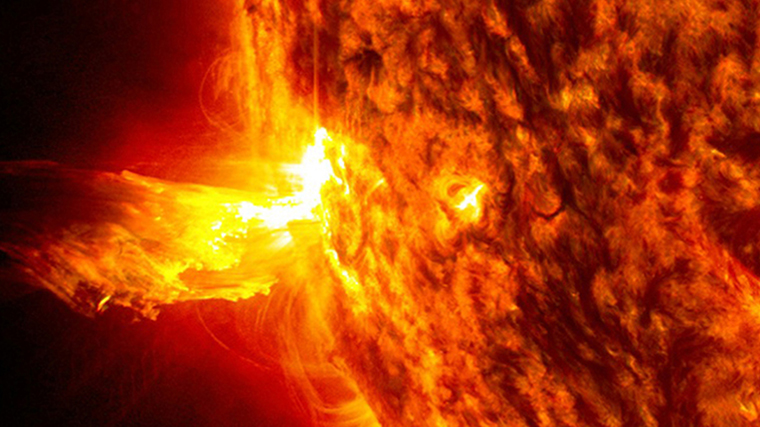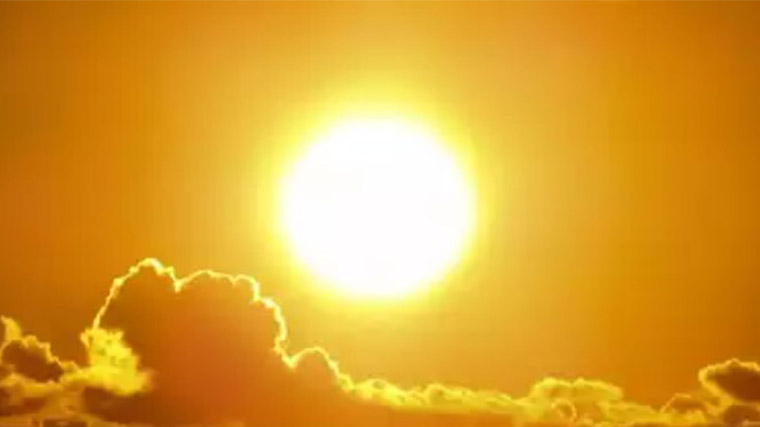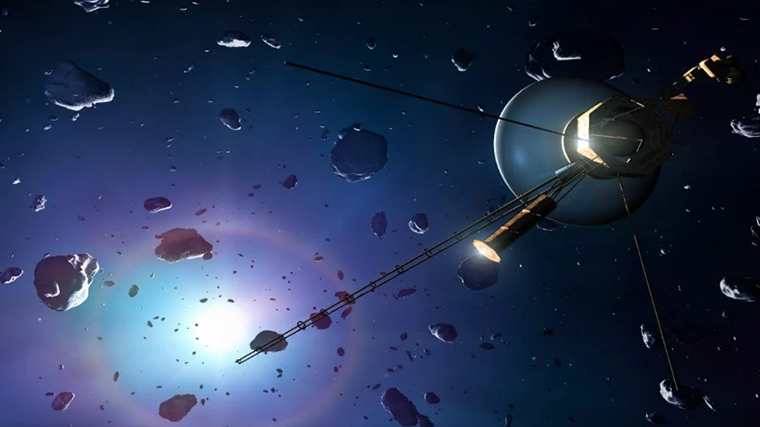Solar flares are pieces of the Sun, some of which “fall” to Earth.
What happens if, by some hypothetical means, a small fragment of a star hits our planet?
Either way, humanity is finished. But the scenarios are different.
The density of the Sun’s chromosphere is a million times less than the density of the Earth’s atmosphere, and therefore the pressure on our planet will instantly destroy its fragment. But .. the resulting vacuum will fill the air, giving rise to a shock wave that can tear a person to pieces.
The photosphere has a much lower density than air, but due to temperature, a fragment of the photosphere will not collapse when it hits the Earth. We will see the light that we usually see from 148 million km in front of our noses. The photosphere will instantly roast you. But as soon as the sample cools down, it immediately turns into an inert gas that is safe for humans.
The corona is plasma. If its sample hits the Earth in the same form as on the star itself, then the pressure holding the plasma together will instantly disappear. As a result – a powerful thermonuclear explosion, in which all living things will burn in a fiery hell.
The core – the most impressive death is death from a fragment of the solar core. Its density is 6.6 times that of osmium, Earth’s densest metal, and its temperature is 14 million degrees Celsius! It constantly undergoes a thermonuclear reaction, known as “proton-proton”, where four protons produce a helium isotope, helium-4. At the same time, every second, 4.26 tons of dense matter turns into radiation – it’s hard to even imagine such a thing. If a small fragment of the nucleus hits the Earth, then it is something incredible.
Image credit:
https://www.nytimes.com






